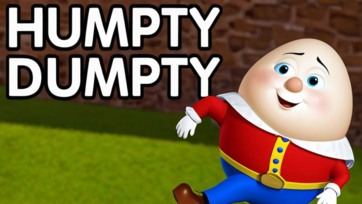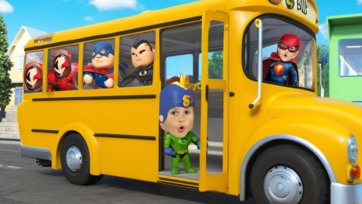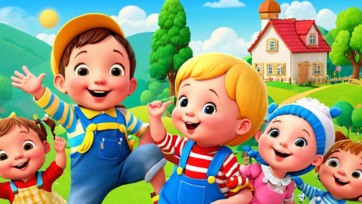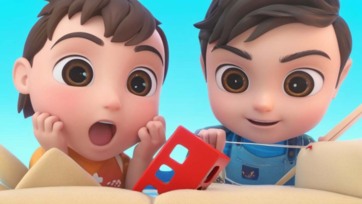The Importance of Early Learning Through Stories and Songs
Early childhood is a critical period for development, and the foundation for lifelong learning is often laid during these formative years. One of the most effective and enjoyable ways to facilitate early learning is through stories, songs, and nursery rhymes. These simple yet powerful tools engage young minds and help them grasp fundamental concepts such as numbers and colors in a playful and memorable manner.
Learning Numbers Through Songs and Rhymes Numbers are one of the first concepts children are introduced to. Nursery rhymes and songs like "Five Little Ducks" use repetition and rhythm to make learning numbers fun and easy. These songs often include actions or visual aids, reinforcing the counting process. By singing along and performing the actions, children not only memorize the numbers but also understand the sequence and meaning behind them.
Understanding Colors with Stories and Songs Colors are another essential concept that children learn at an early age. Stories and songs that incorporate colorful imagery help children recognize and name different colors. For instance, a song like "Red and Yellow and Pink and Green" introduces children to a wide range of colors through a catchy tune. Stories that describe vibrant scenes or characters dressed in various colors also aid in color recognition and vocabulary building.
How Our Videos Help Our videos are designed to leverage the power of stories, songs, and nursery rhymes to make learning both effective and enjoyable for young children. By integrating visual and auditory elements, our videos capture children’s attention and make abstract concepts more concrete. Interactive elements, such as sing-alongs and animated characters, further enhance engagement and retention. Through our carefully crafted content, children can:
- *Learn Numbers*: Engaging counting songs and animated sequences help children understand and memorize numbers effortlessly.
- *Recognize Colors*: Bright, colorful visuals combined with descriptive language in songs and stories assist children in identifying and naming colors.
- *Develop Language Skills*: The rhythmic and repetitive nature of nursery rhymes and songs enhances vocabulary and pronunciation.
- *Build Cognitive Skills*: Storytelling stimulates imagination and critical thinking, laying the groundwork for more complex learning. By integrating these elements into our videos, we provide a comprehensive learning experience that supports early childhood education and fosters a love for learning that will last a lifetime.







